
The importance of Canadian military intelligence during the Second World War. ⬇️⬇️
1/9 The years between the world wars were lean ones for military intelligence. The Corps of Guides units were converted into cyclist companies, but lost their appeal and were disbanded in 1929.

1/9 The years between the world wars were lean ones for military intelligence. The Corps of Guides units were converted into cyclist companies, but lost their appeal and were disbanded in 1929.
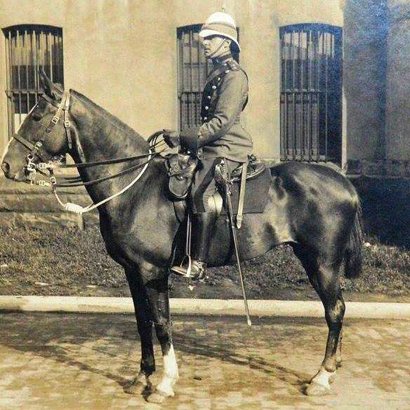
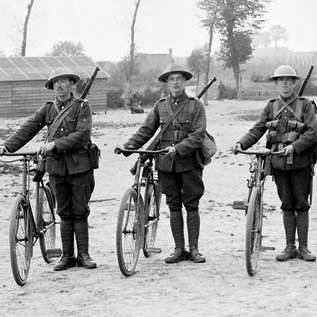
2/9 In 1932, intelligence staffs from the @CanadianArmy and @RCAF_ARC were amalgamated.
A small @RoyalCanNavy intelligence staff was retained but was still encumbered with other staff responsibilities.
cmia-acrm.ca/page/historica…
#History #Military #SecondWorldWar #WWII #Canada
A small @RoyalCanNavy intelligence staff was retained but was still encumbered with other staff responsibilities.
cmia-acrm.ca/page/historica…
#History #Military #SecondWorldWar #WWII #Canada

3/9 When 🇨🇦 mobilized in Sept 1939, the small intelligence structures across all three services were rapidly developed. The Army had a tremendous demand for trained intelligence specialists, which culminated in the creation of the Canadian Intelligence Corps(C Int C) in Oct 1942. 


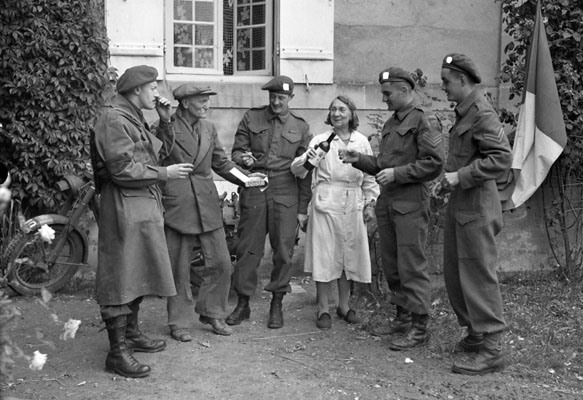
4/9 The corps grouped intelligence staffs of the Army’s main formations as well as specialized intelligence sections handling Field Security, Wireless Intelligence, Air Photo Interpretation and Interrogation. C Int C personnel went on to serve in all operational theatres. 

5/9 In the RCN, the appointment of a Canadian to the Directorate of Naval Intelligence and the formation of a dedicated operational intelligence centre (OIC) in Ottawa by July 1942 marked important milestones in Canadian naval intelligence. 

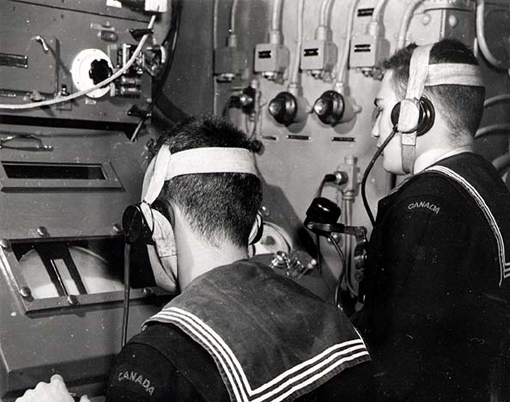

6/9 Thanks to coastal SIGINT, the OIC was able to track German submarines in the North Atlantic, allowing merchant convoys to be safely re-routed. The RCN later assumed command of the Canadian Northwest Atlantic, the only allied operational theatre commanded by 🇨🇦 during the war. 

7/9 In addition to providing aircrew mission threat briefs to all RCAF squadrons, air intelligence staffs of No. 6 Group of RAF Bomber Command (an all-RCAF formation) provided specialized Targeting Intelligence, Bomb-Damage Assessments and Air Photo Interpretation support. 

8/9 Closer to home, air intelligence staffs with maritime patrol squadrons in Eastern Air Command worked closely with the RCN’s operational intelligence centre to locate and hunt German U-boats operating off Canada’s coast and in the Northwest Atlantic. 

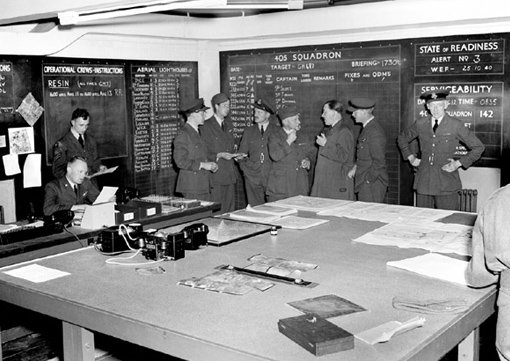

9/9 The requirement for meteorological services in the military also grew exponentially. A new RCAF trade, meteorological observer, was established by 1942. Meteorological info proved critical to optimize the safety of RCAF anti-submarine aircraft and RCN-escorted convoys. 



• • •
Missing some Tweet in this thread? You can try to
force a refresh


